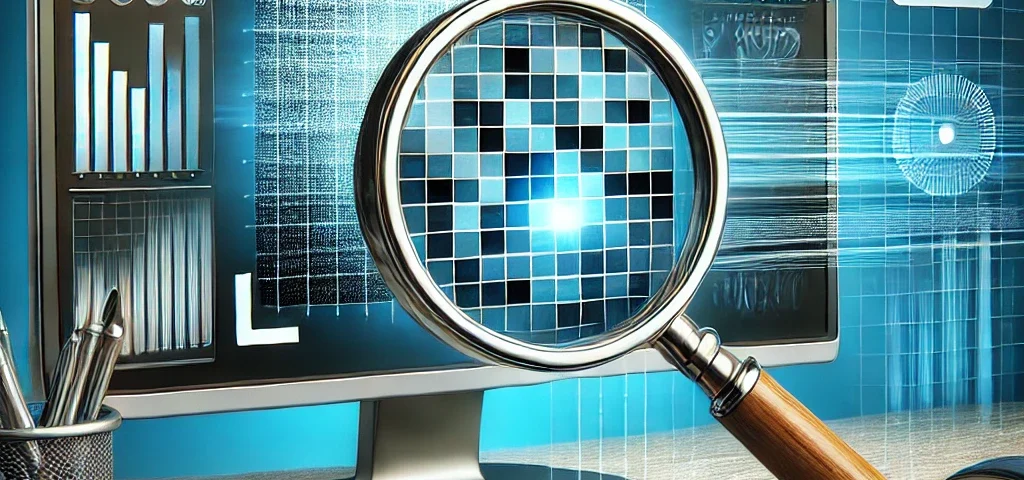
The Importance of Reliable Photos in Disaster Situations
13 May, 2024In a world where digital authenticity is crucial, RedPluma stands out as a leader in image certification. Its advanced technology not only verifies the originality of photos but also detects whether an image was captured from a screen or another photograph. This functionality, designed to combat digital fraud, is vital in industries like justice, journalism, and insurance, where the manipulation of evidence can have serious consequences.
How Does RedPluma’s Detection System Work?
RedPluma employs advanced digital forensic analysis algorithms to identify unique patterns that differentiate:
- Original images: Captured directly by a camera.
- Photos of screens: Which exhibit artifacts like moiré patterns, reflections, or pixel distortions.
- Photos of other photos: Which display irregularities such as blurred edges, double exposure, or unnatural shadows.
Key Indicators Analyzed by RedPluma:
- Reflections and glares: Common in photos taken of screens or glossy prints.
- Pixel patterns and moiré: Typical of photos of screens.
- Blurs and external shadows: Found in photos of physical images.
- Altered metadata: Signs that the photo is not original.
By combining AI and forensic analysis, RedPluma detects these irregularities and generates an authenticity report, making it ideal for identifying potential fraud.
Common Frauds and the Impact of This Technology
The manipulation of images has long been a common tool in various types of fraud. RedPluma’s ability to identify non-original photos is critical in preventing such deceptions. Let’s explore some scenarios where this technology can be a game-changer.
1. Insurance: False Claims with Manipulated Evidence
- Example of Fraud: A person claims their vehicle was severely damaged and presents photos “taken at the accident site.” However, the images were captured from a screen showing a friend’s similar accident.
- How RedPluma Helps: It detects that the photo was taken from a screen, invalidating the evidence.
2. Justice: Fabricated Photographic Evidence
- Example of Fraud: In a legal case, a photo of a supposed crime scene is presented, but it turns out to be a photo taken from a screen displaying a recreation.
- How RedPluma Helps: It reveals that the image is not original and alerts users about its lack of authenticity, protecting the integrity of the case.
3. Social Media and Fake News
- Example of Fraud: A viral photo showing a catastrophic event is later revealed to be an image taken of a print or screen simulation.
- How RedPluma Helps: It helps debunk fake news by proving the photo is not authentic.
4. Real Estate Scams
- Example of Fraud: Photos of a property presented in a contract turn out to be pictures of printed images rather than real, current photos of the property.
- How RedPluma Helps: It confirms the photos are unreliable and cannot be used as valid evidence.
In a context where digital images are crucial for communication and decision-making, RedPluma offers an indispensable tool for ensuring photo authenticity. Its ability to detect photos taken of screens or other images not only reinforces trust in digital content but also protects against fraud in critical sectors.
By integrating this technology, we move closer to a safer and more transparent digital ecosystem. RedPluma doesn’t just certify images; it safeguards the truth behind every capture.




